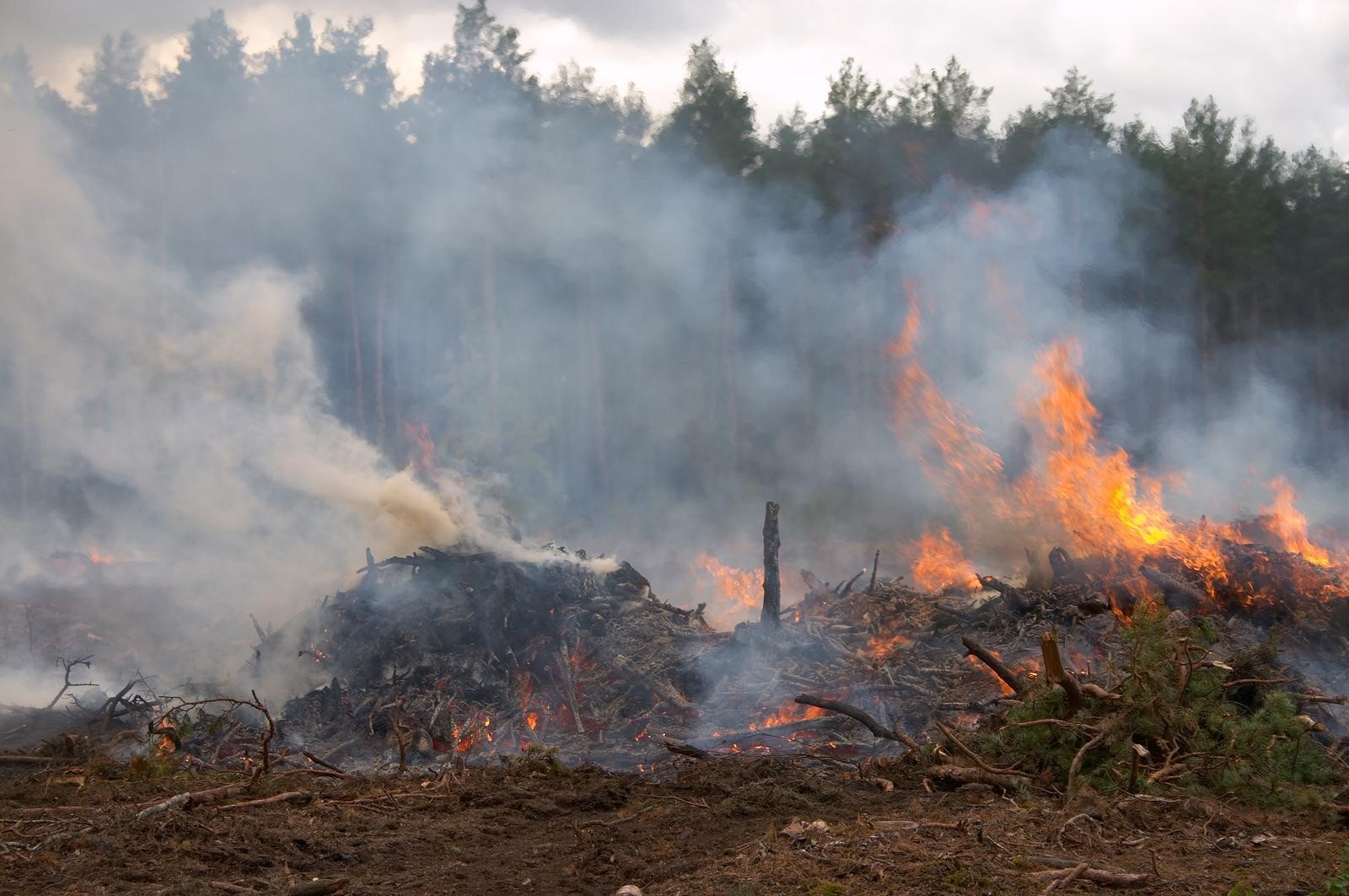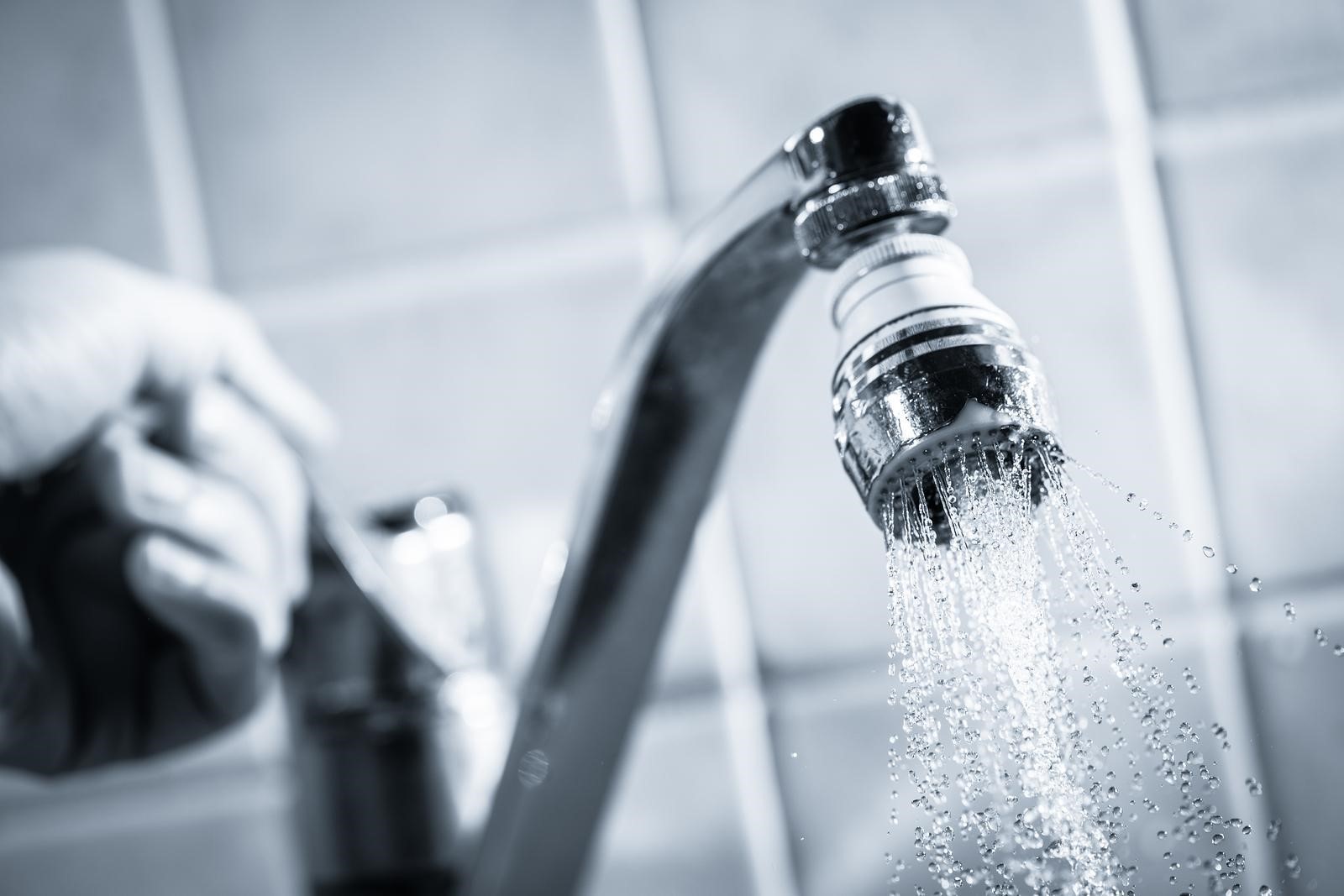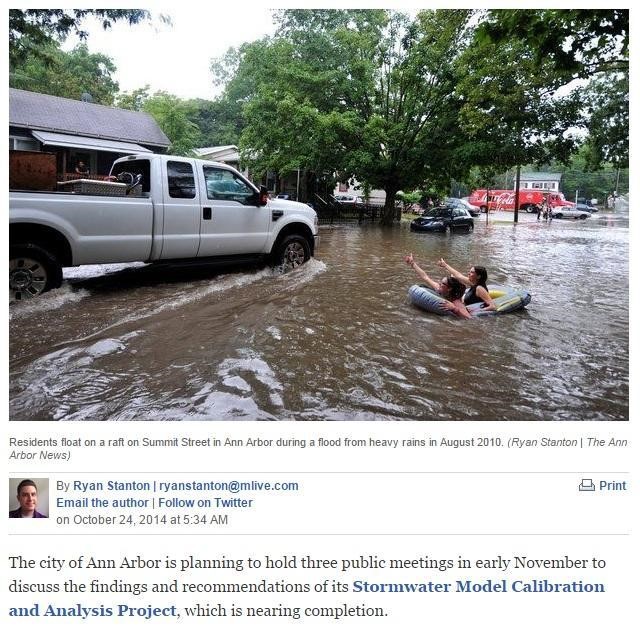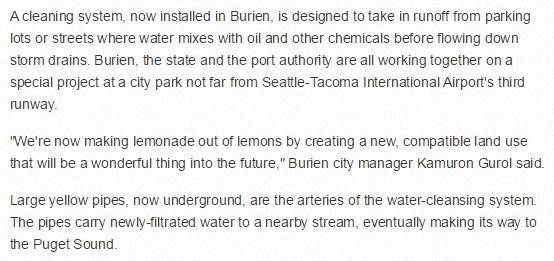
According to a study conducted by the National Oceanic and Atmospheric Administration, natural oceanic and atmospheric patterns—and not global warming—are to blame for the massive drought that California is currently experiencing. The study suggests that a naturally-induced high pressure area off the West Coast, coupled with sea surface temperature patterns, has blocked rain-bearing storms from making landfall in the state. Now’s the time to prepare Regardless of what’s causing the current California drought, one thing’s for sure: it’s been months since some parts of California have gotten rain, and that is indeed worrisome. There is, however, one topic that seems to have been left on the backburner: the drought is the perfect time to prepare for the upcoming rainy season, and in turn, prepare for similarly severe droughts in the future.
http://www.stormchambers.com/industry-news/better-storm-water-management-a-necessity-in-the-state-of-california/


